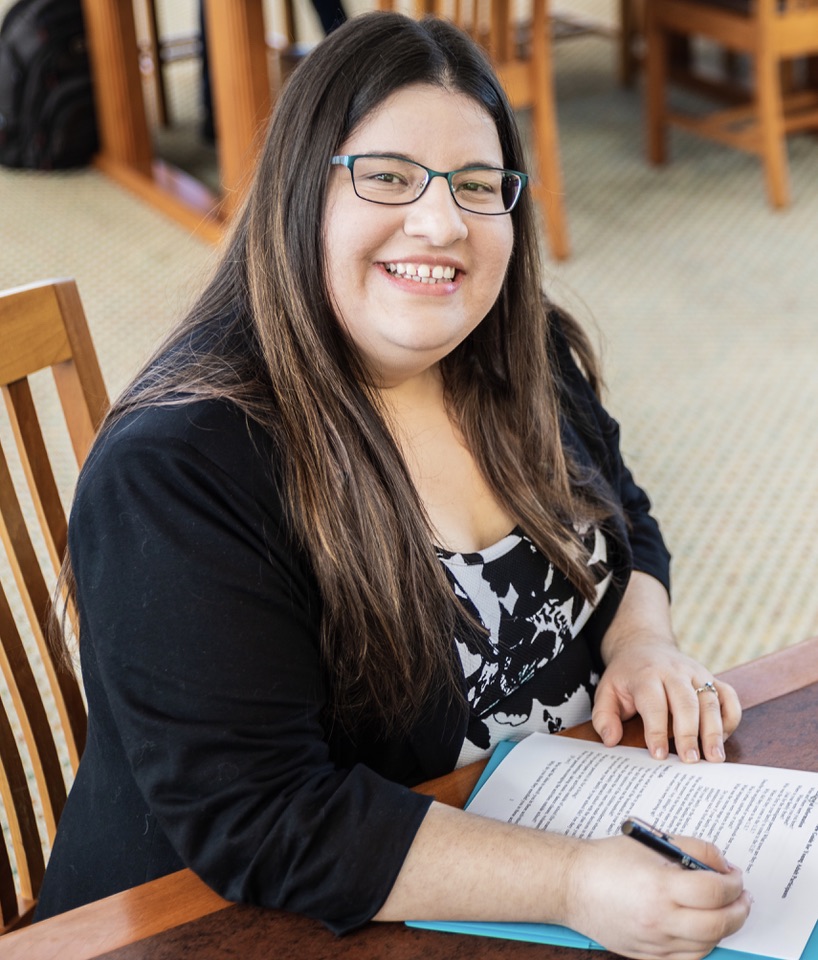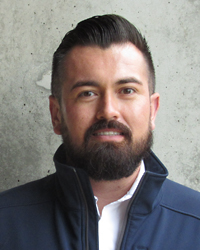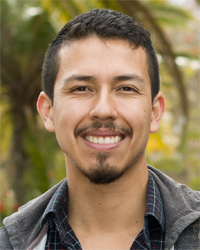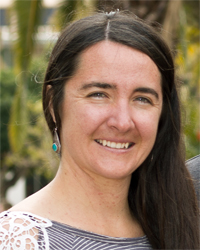UC Merced Fellows

Robert Boria
Email: rboria@ucmerced.edu
Robert started his PhD at UC Merced in Fall 2015 and is a graduate student in the Quantitative and Systems Biology graduate group. His research focuses on how populations have responded to past climate change and how the historical distributions and past areas of climate refugia will influence future climate change responses.In the future, he plans to merge his two greatest interests: research and science education.

Dominique Davenport
Email: ddavenport3@ucmerced.edu
Dominique is a physics graduate student at UC Merced, and a member of the Kleckner Lab studying optical interactions in soft matter. Previous research appointments have allowed him to study high temperature superconductivity and x-ray spectroscopy. He began studying physics at California State University, Stanislaus. At Stanislaus State he got involved with education and STEM outreach though CVMSA (central valley math and science alliance) as a peer mentor and HiMAP STEM academy serving local schools. After joining UC Merced, he followed these interests by joining the graduate student founded STEM outreach group, BiotaQ.

Maria Duenas
Email: mduenas4@ucmerced.edu
Maria is a doctoral candidate in the Department of Sociology at the University of California, Merced. She has a Bachelor of Arts in Sociology from New College of Florida and a Masters of Arts in Sociology from the University of South Florida. Her research focuses on race and ethnicity, immigration, family, intersectionality, and Latina/o/xs. Guided by critical race theory and intersectional feminism, she studies racialization, racial and ethnic discourses, and racial and ethnic identity formation of Latina/o/xs.

Alexandria Pabst
Email: apabst@ucmerced.edu
Alexandria is a fourth year graduate student studying the neural processes underlying the interactions between human memory and motor networks during implicit and explicit learning. She use a variety of methods to study human behavior including non-invasive brain stimulation, Kinarm robotic exoskeleton, and motion capture. In addition to conducting research she serves on both local and system-wide university committees, including the CARE Advisory Board and UC Office of the President's TIX Student Advisory Board. When when she is not stimulating brains, she likes to dance, paint, read, and travel.

David Veloz
Email: dveloz@ucmerced.edu
David has successfully defended his dissertation titled "Perception of Air Quality in the San Joaquin Valley". His research is motivated by the desire to understand the public’s perception of air pollution and local air quality trends. David aspires to raise awareness regarding the importance of air quality and public health. He will be teaching a course at CSU Stanislaus Fall 2020, and will also be teaching at UC Merced AY 2020 - 2021.
UC Santa Barbara Fellows

Carlos Gomez
Email: cgomez00@ucsb.edu

Natalia Jamarillo
Email: njaramillo@ucsb.edu
Natalia Jaramillo is a third year Ph.D. student with an emphasis in Clinical Psychology. At UCSB Natalia has engaged in research examining the psychological impact of acute mass violence and natural disasters. Her primary research interests include understanding patterns of risk and resilience in youth who are exposed to trauma while considering the role of socio-cultural factors (e.g., adversity, immigration, cultural values, family); and identify ways of preventing and treating traumatic stress by developing interventions that are evidence-based and culturally sensitive. Natalia is passionate about teaching and mentoring undergraduate students.

Roselia Mendez Murillo
Email: Roselia@umail.ucsb.edu
Roselia Mendez is a second-year graduate student who completed her B.A. in Communication at UC Santa Barbara. Her senior honor thesis examined the effects of language brokering on strength of ethnic identification and parent-child closeness. Her focus of study is within the real of intergroup communication. Specifically, her interests include communication topics of language brokering effects on Latino/a children, deportation, immigration, and separation from parents.

Monica Mendoza
Email: mathematic_visions@umail.ucsb.edu

Ana Miller-ter Kuile
Email: ana00@ucsb.edu
Ana started her PhD in Ecology, Evolution, and Marine Biology in 2015. She is a community ecologist who is interested in the ecology and conservation of islands. She is interested in islands as model systems for understanding the patterns that shape biological communities, especially in the face of human habitat alteration. She studies how island ecosystems are impacted by species introductions and how islands respond when we manage invasive species.


